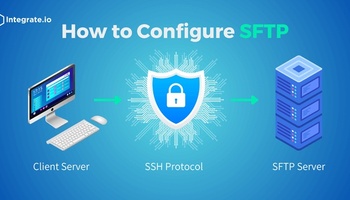Data sprawl refers to the ever-growing amount of data produced by organizations every day. As organizations scale and big data requirements develop, there's been a sizeable increase in the amount of data stored in operating systems, servers, networks, applications, and other technologies, which compromises data value and presents significant security risks.
How Does Data Sprawl Happen?
Successful organizations generate new data every hour of every day. This includes:
- Customer data on CRM systems
- Enterprise data on ERP systems
- Financial data
- Sales data
- Transactional data
- Email, social media, and SMS communications
Organizations need this data to facilitate day-to-day workflows and generate analytical insights for smarter decision making. The problem is, the amount of data organizations generate is spiraling out of control. Organizations produced 90 percent of the world's data in the last 2 years alone.
Challenges of Data Sprawl
As organizations generate data at a faster pace, it's becoming harder to manage this information. Organizations might have data stored in various locations, making it hard to access business-critical information and generate accurate insights.
For many organizations, data sprawl compromises the value of data. Team members have to cross-reference data in multiple formats from multiple sources, making analytics difficult. Data can become corrupted during this process, rendering analytics worthless.
There are also security concerns. Too much data can be difficult to control, increasing the chances of data breaches and other security risks. Organizations that don't tame data sprawl could jeopardize the trust of customers and face strict penalties for GDPR, CCPA, or other data protection legislation non-compliance.
Data Sprawl Solutions
Data-driven organizations require digital tools that manage data sprawl, such as Extract, Transform, Load (ETL), which connects to multiple sources for extraction, transfers data through pipelines, and loads it into a tool for analysis.
A secure and compliant ETL platform reduces the risk of data theft and non-compliance and provides organizations with cleaner, deeper data insights.








